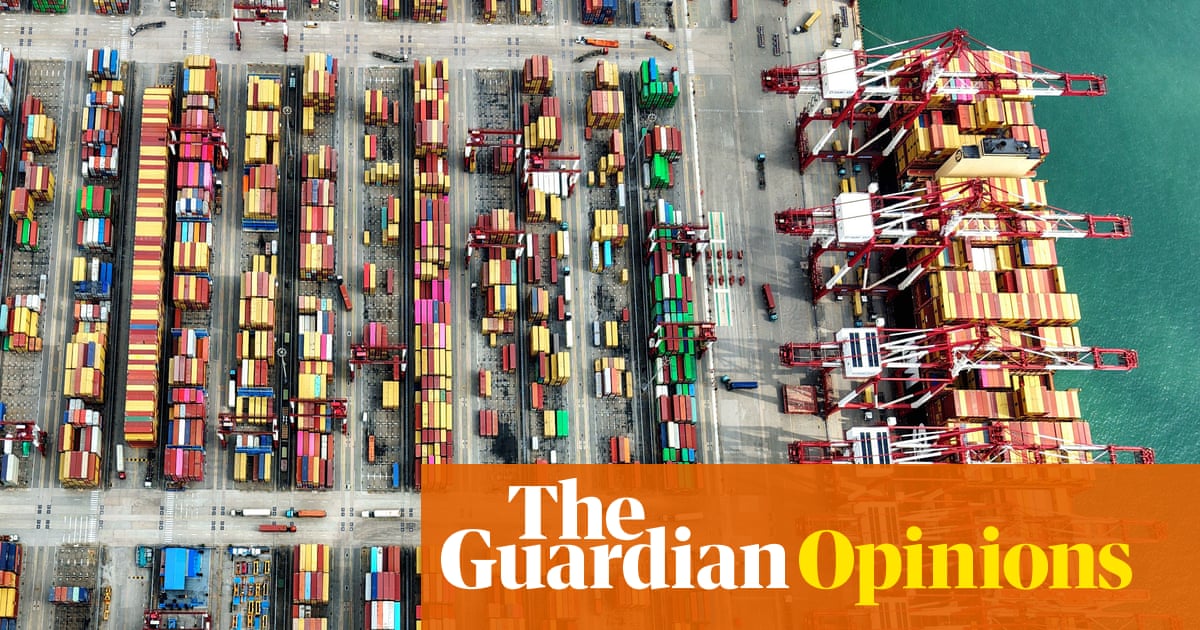| IN A NUTSHELL |
|
The current state of the U.S. economy paints a picture of uncertainty, with various sectors facing significant challenges. Rising utility bills, the escalating cost of imported goods, and stagnant job growth are just a few of the issues at hand. Amidst these difficulties, there is an increasing reliance on the artificial intelligence (AI) industry to keep the economy buoyant. According to financial experts, AI investments are forming a major part of the U.S. economic framework. This dependency poses a crucial question: what happens if this burgeoning industry falters?
AI: The Backbone of Economic Growth
Financial experts have pointed out that the U.S. economy is increasingly leaning on the AI industry for growth. Renowned fund manager Ruchir Sharma has remarked that AI investments now account for a significant portion of U.S. GDP growth, projecting that by 2025, they will make up 40 percent. This trend underscores a growing dependency on technology to sustain economic progress in times when traditional sectors are struggling.
Investments in AI have not only contributed to GDP growth but have also significantly impacted the stock market. AI companies are responsible for 80 percent of the growth in American stocks, highlighting their pivotal role in financial markets. While the stock market’s performance is not always a direct reflection of the broader economy, it does attract capital from global investors, fueling economic activities, particularly for the wealthier strata.
The Disparity in Consumer Spending
Historically, consumer spending has driven the U.S. economy. However, the landscape is shifting. Consumption, which has traditionally been a major economic driver, is now overshadowed by AI investments. The top ten percent of American earners, who are already well-off compared to the global average, now contribute to 50 percent of all U.S. consumer spending. This concentration of spending power highlights a growing economic disparity.
While AI investments stimulate the economy at the top, they do little to address underlying issues affecting the middle and lower-income groups. The disparity is further exacerbated by policies that favor the wealthy, such as tax cuts that disproportionately benefit high-income earners, leaving the majority of Americans struggling with stagnant wages and rising living costs.
Challenges Beyond AI Dependency
While AI is currently a focal point for economic growth, other challenges face the U.S. economy. Immigration issues have led to a decline in workforce productivity. Home foreclosures are on the rise, reflecting financial instability among households. Additionally, the U.S. government debt continues to climb, posing long-term fiscal challenges.
Despite these pressing issues, AI is often perceived as a solution to various economic threats. Its potential to enhance productivity growth offers a glimmer of hope. However, this optimism places significant pressure on the AI sector to deliver results that can sustain economic momentum. If AI fails to meet these expectations, the repercussions could be severe, as the current economic model heavily relies on its success.
The Future of the AI Industry
The AI industry is seen as a promising area for innovation, infrastructure, and adoption. Investors are banking on the U.S. establishing an unassailable lead in AI technology. This confidence is fueled by the belief that AI will bring transformative changes, boosting productivity and economic growth. However, this reliance is a double-edged sword.
Sharma warns that without AI’s contributions, the U.S. risks losing one of the last robust industries contributing to economic vitality. The pressure for AI to deliver on its promises is immense. Should the industry falter, the broader economic implications could be significant, potentially leading to a collapse of the economic house of cards currently propped up by AI investments.
The current U.S. economic landscape is heavily reliant on the AI sector to drive growth and stability. Yet, this dependency raises critical questions about sustainability and resilience. As AI continues to shape economic narratives, stakeholders must consider the broader implications of this reliance. What strategies can be implemented to diversify economic growth and reduce the risks associated with a single industry’s dominance?
This article is based on verified sources and supported by editorial technologies.
Did you like it? 4.5/5 (28)
Source link

